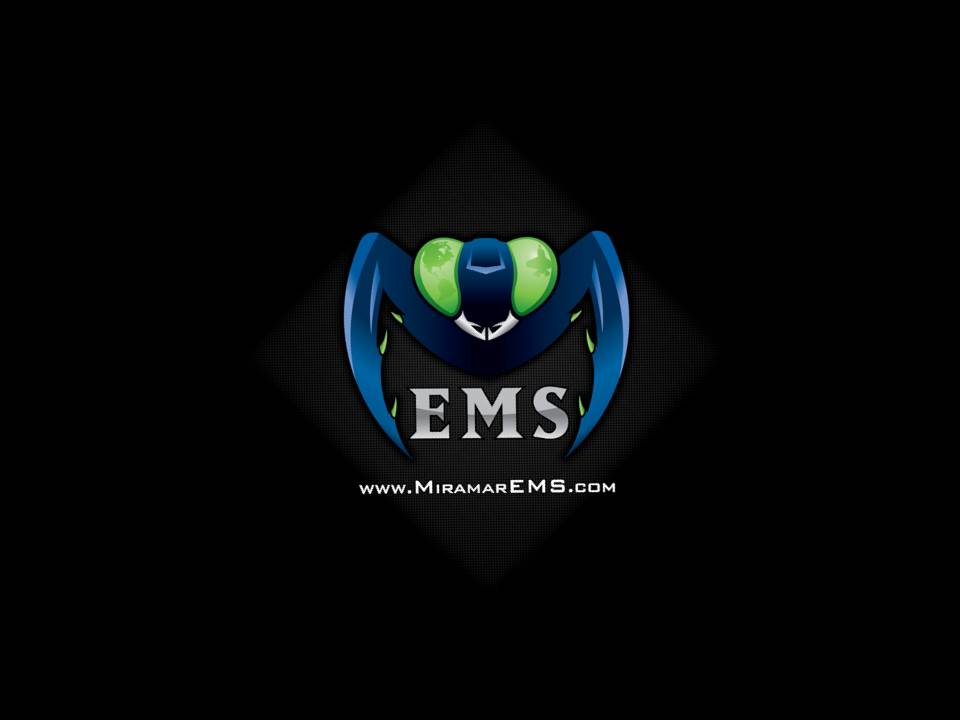Environmental Management System (EMS) Frequently Asked Questions (FAQ)
Q: How do I become a Hazardous Waste Coordinator (HWC) for my unit?
Be appointed in writing from your unit Commanding Officer/Officer-in-Charge or applicable civilian or contractor Department/Project Lead using the template HWC Appointment Letter and Billet Description.
-
Within 2 months of appointment from your unit Commanding Officer/Officer-in-Charge or applicable civilian or contractor Department/Project Lead; sign-up for and attend an approved (per StaO 5090.3) Resource Conservation and Recovery Act (RCRA) training course of instruction.
-
Contact the MCAS Miramar, Environmental Department, Waste Management Division Environmental Protection Specialist assigned to your unit to receive site-specific operational On-the-Job (OJT) training on your particular accumulation site.
-
Attend all Hazardous Waste Coordinator (HWC) meetings. A calendar of meetings and training events can be found on the Home Page of www.Miramar-EMS.marines.mil.
-
Attend required annual refresher training to maintain certification. Maintain all training course completion certificates for a minimum of 3 yrs.
Q: How do I become an Environmental Compliance Coordinator (ECC) for my unit?
-
Be appointed in writing from your unit Commanding Officer/Officer-in-Charge or applicable civilian or contractor Department/Project Lead using the template ECC Appointment Letter and Billet Description.
-
Complete all requirements for becoming a HWC to receive specific training on hazardous waste accumulation and disposition.
-
Complete the USMC Environmental Compliance Coordinator's Course on Marine.Net or individual CD. Retain completion certificates for a minimum of 3 years.
-
Attend all ECC meetings. A calendar of meetings and training events can be found on the Home Page.
Q: What are the mandatory Environmental training requirements for "all personnel" working or otherwise assigned aboard MCAS Miramar?
There are many methods receiving/providing this training. Please consult the CETEP/Environmental Training webpage at Training/CETEP (marines.mil). Additionally, the Environmental Awareness PowerPoint presentation located in the "Links" section on the bottom right side of the Miramar-EMS "Home" page contains the annual training requirements of the for all units, tenants and civilians working aboard the air station. Documenting the training your unit has received if using this PowerPoint Presentation should be as follows: "Environmental Awareness Power Point from Miramar-EMS.marines.mil". Please consult with Miramar's EMS/CETEP Coordinator (858) 307-1306 for additional information.
-
Pollution Prevention (P2)
-
Green Purchasing/Procurement
-
Storm Water Run-off/Discharge
-
Environmental Management System (EMS) Awareness
-
“Welcome Aboard”, MCAS Miramar’s Environmental Awareness Video
Q: How can I obtain the 8056 (Hazardous Material/Hazardous Waste (HM/HW) Officer) Marine Occupational Specialty (MOS)?
Consult the Marine Corps Environmental Compliance Manual, MCO 5090.2 for updated requirements for qualifying and obtaining and maintaining this specialty MOS.
Consult with the Installation CETEP Coordinator for additional requirements and/or questions peculiar to your situation.
Q: What does the EMS logo (Praying Mantis) mean or stand for?

-
Our look: A Praying Mantis is a stealth-like predator, similar to that of a US Marine, able to blend itself to the surrounding environment. Designed to reach our intended audience’s interests in science fiction action characters, video gaming and high adventure sports; the Mantis is the only insect with the ability to see very long range and swivel its head 180 degrees to keep its eyes on the mission and the environment. Shaped into an “M”. Marine, Miramar, Mantis.
-
Our words: It has been said that a Marine…is a machine! Within each Marine, exists the code of conduct and within each electronic machine, exists computer coding. Any Marine will tell you, “Within each Marine (core), is The Corps”. Our slogan exemplifies our US Marines’ take on the mission and environment of the US Marine Corps. Our slogan is, “More than our Code, It’s our Corps”.
-
Our image: Each of us works and plays in the Marine’s operational environment. To conduct their training mission and be absolutely ready to fight battles, the Marine must have the proper training environment. To ensure this environment exists, the Marine must protect that environment. The Marine’s eyes are always on the mission and the environment. Our display and our policy statement reflect the Marines’ six environmental commitments.